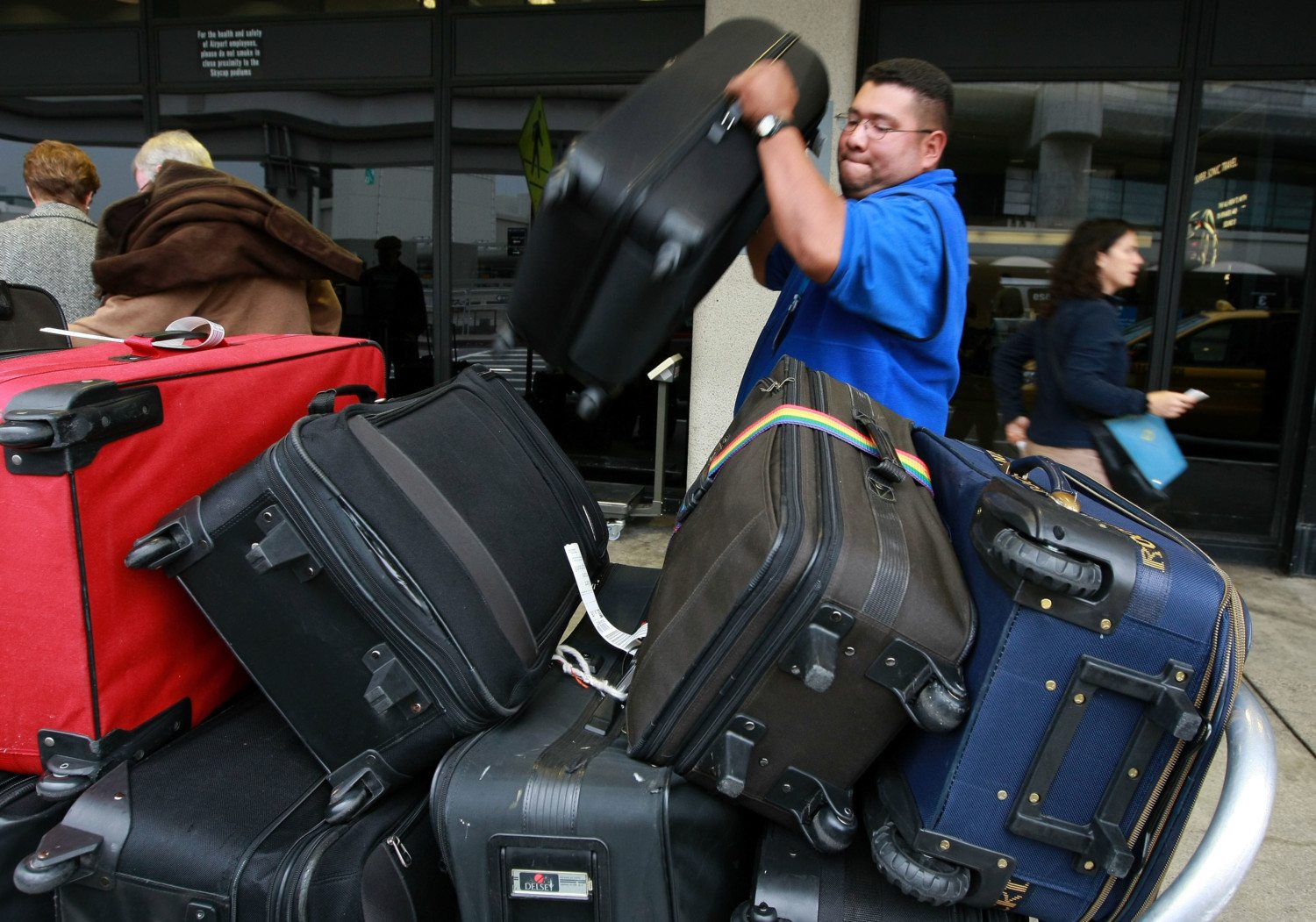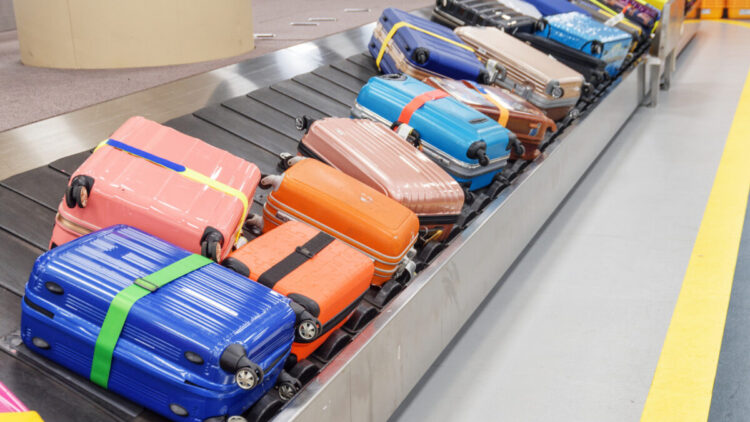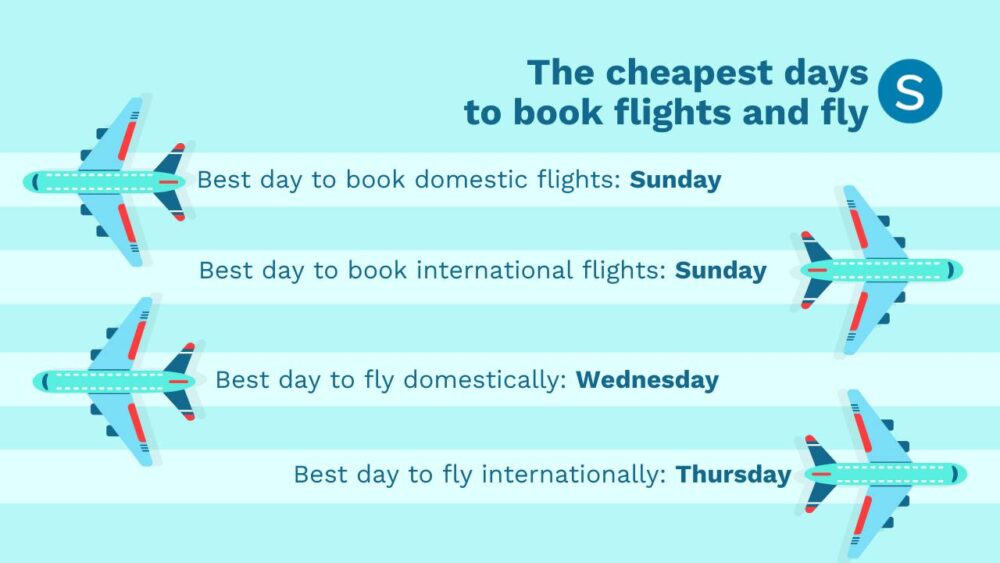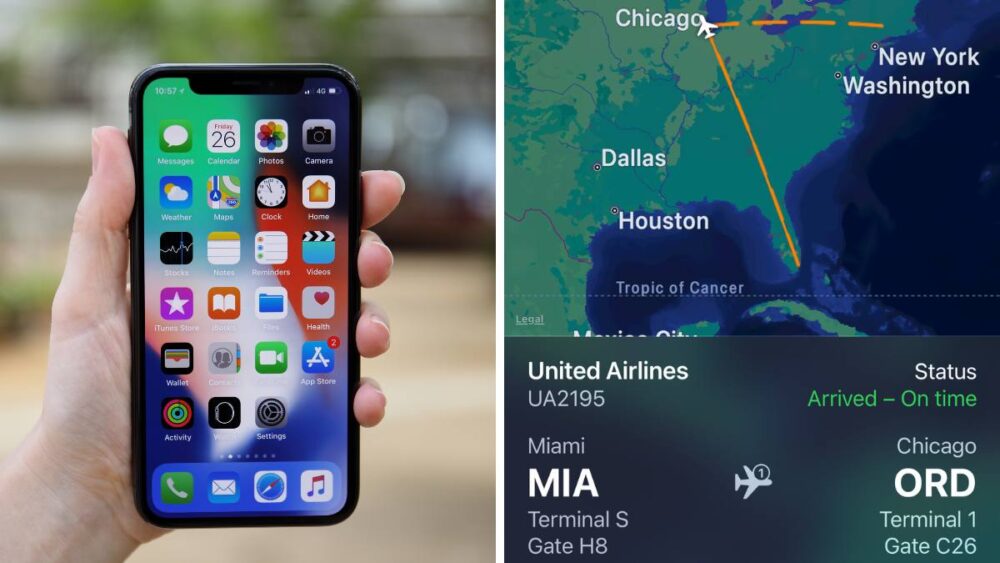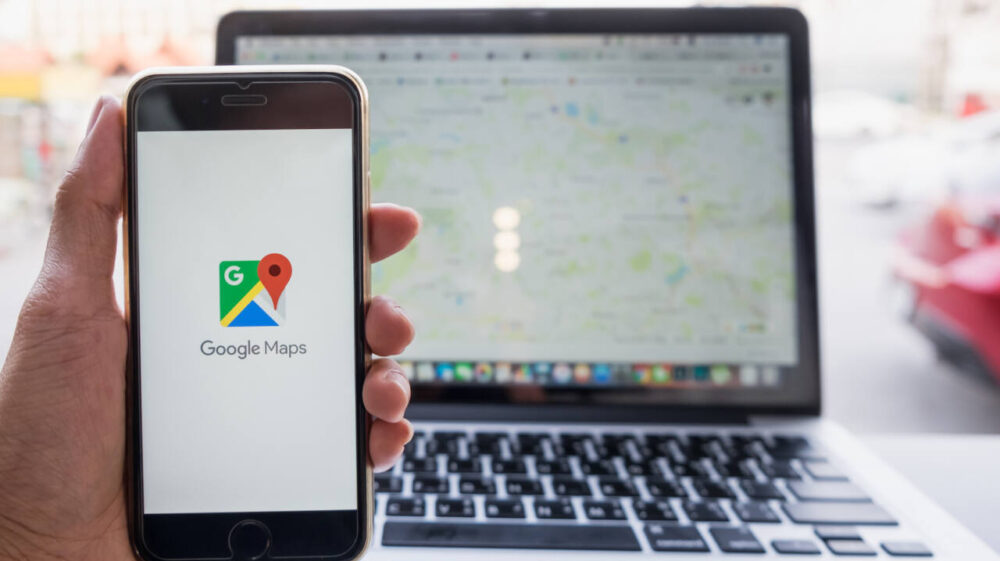How to stay comfortable on flights using a tennis ball
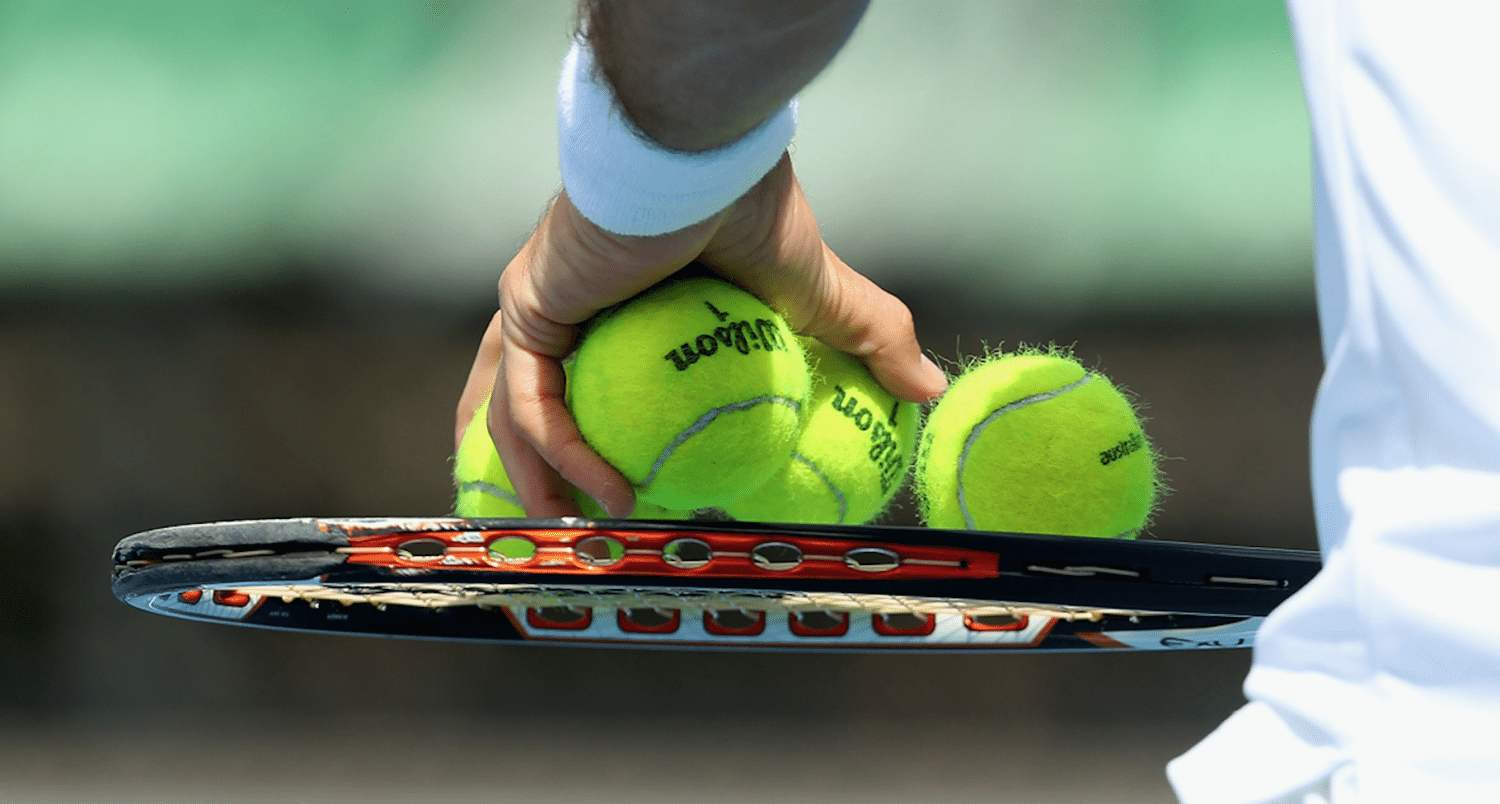
While flying the friendly skies is fun and exciting, airplane travel also results in some not-so-great effects for the body: dry skin, soreness, stiffness and that general feeling of ick.
While experts recommend you get up out of your seat periodically to stretch and walk, that’s not always possible on every flight. But there is one simple tool you can pop into your carry-on to ensure you arrive at your destination feeling just a little more relaxed and refreshed: a tennis ball!
Using a tennis ball while flying can help prevent pain, can loosen muscles and joints and can even get your blood flowing. Experts agree that the little ball is great for air travel.
Earlier this year, London orthopedic surgeon Ali Gjoz told the UK publication “Daily Star“: “Taking a tennis ball or a massager on the plane will help increase circulation.”
Here’s exactly how to use that ball to feel better on your flight.
Feet
As long as your seatmates agree, you can take off your shoes and roll the ball around with the bottom of your feet. Make sure to flex your ankles and stretch out your toes while rolling. This type of mini massage can help ease pain in your feet, ankles and hamstrings.
Lower Back
Flying is always rough on lower backs, due to the cramped seating and the limited ability to recline. Roll the ball over your lower back using your hands, using a moderate amount of pressure. You can also sit on it and roll it gently, which is great for releasing buttocks-area muscles like the piriformis and psoas.
Upper Back and Shoulders
If your shoulders give you trouble, you’re not alone—research suggests a full 20 percent of the population will suffer shoulder pain at some point. Shoulders are a common area to feel pain when traveling, especially because you’re lugging around so much luggage. If you want to give your upper back and shoulders some relief, roll that tennis ball around the tender areas on your upper back and shoulder blades. Use the airplane seat for stability and place the ball between your body and the seat to increase the pressure of the massage. Once you’re done with the tennis ball, you can also try these five easy shoulder stretches.
Legs, Thighs and Calves
The legs are the most common spot where clots can form during air travel, according to the American Society of Hematology. It’s more typical during very long flights, especially those upwards of eight or 10 hours. But you can easily use your tennis ball to prevent those clots. Roll the ball in an upward motion from the ankle to the knee, and then continue upwards over the thigh and toward the pelvis. You can also place it underneath your thighs and roll your body on top to get deeper into those super sore spots. The gentle pressure and repeated motion feel great on legs that are tired from waiting in line or rushing from gate to gate.
Neck
Neck pain is another common byproduct of plane travel. Nodding off in weird positions can give you serious stiffness. If you can’t find a NodPod head hammock to help your head stay stable when you’re sleeping, you can mitigate some of the soreness by using the ball. Place the tennis ball at the base of your skull and gently roll it to reduce tension. It feels great whether you roll from side to side or in a vertical motion.
A tennis ball is a terrific tool to have whether you’re traveling for work (all those stressful meetings can build tension) or play (hours of sightseeing can produce aches and pains). Tennis balls are TSA-approved, portable and useful once you get to your destination, too.
This video from PopSugar shows you how to do a simple, full-body massage with a tennis ball. Hang out on your hotel room floor and work your muscles—it’s definitely a lot cheaper than shelling out for a massage at the spa!
[h/t: TipHero]


